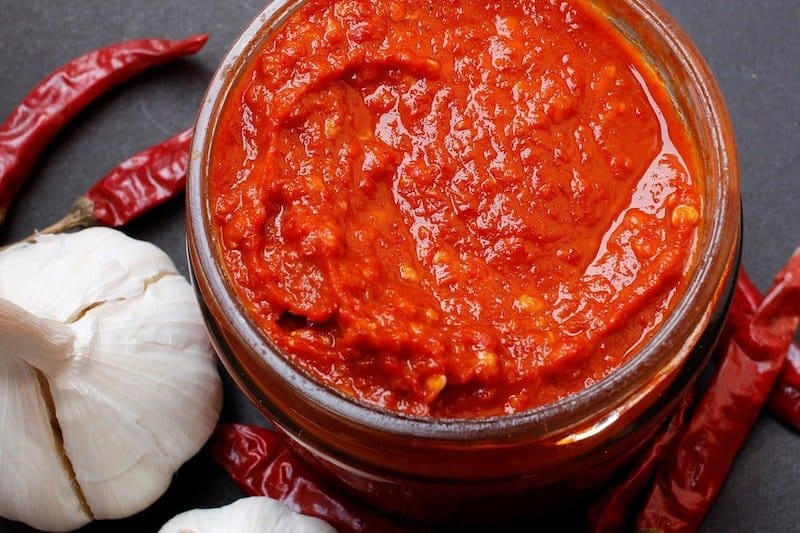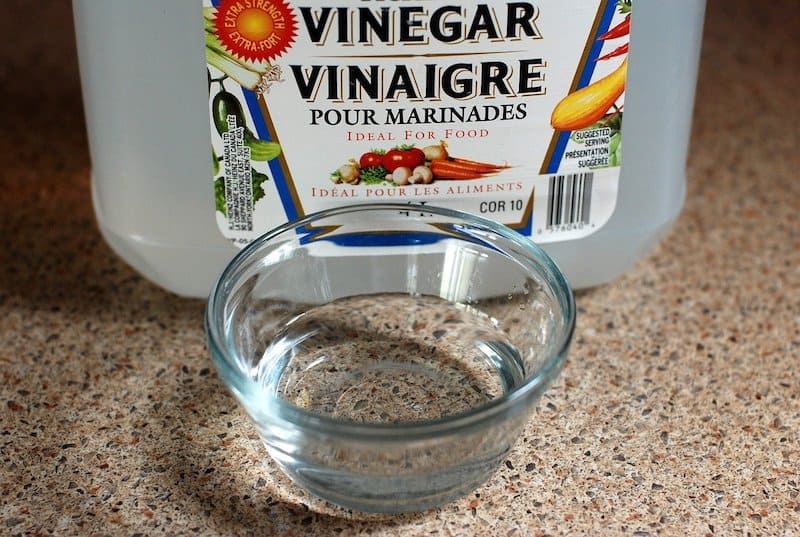How To Stop Fermentation in Hot Sauce
Have you noticed that your fermented hot sauce changes in color and flavor over time? Have you gone to open your bottle of fermented hot sauce, only to have it overflow and spill over the sides on you?
These are things that can happen due to the fermentation process. Yes, your hot sauce can still continue to ferment after you bottle it, so I’ll show you some tricks on how to stop fermentation in hot sauce. These include adding vinegar, pasteurization (heating it up), and refrigeration.
How Do I Stop My Hot Sauce From Fermenting?
Fermentation will stop naturally when the yeast has eaten up all of the sugar (in the form of carbohydrates from the peppers) in the hot sauce.
This can take a long time, and if you have an added sugar source like fruit (people often add mango) in your fermented hot sauce, this can also cause the fermentation to continue.
If you don’t like the change in flavor or color caused by fermentation, or are having problems with gas buildup in the jar or bottle that cause explosions or spills, there are some steps you can take to stop fermentation faster.
One easy option is to throw your hot sauce in the fridge or freezer. The extremely cold temperatures will significantly slow down the bacteria and prevent them from growing and fermenting.
Another option is to add vinegar. When the pH of the fermented hot sauce drops below around 4.2, the environment becomes too acidic for the yeast to thrive and continue fermentation. It’s advised to add vinegar at the end, after the hot sauce has had time to ferment. Click here to learn more.
If you don’t want to add vinegar (maybe you don’t want your fermented hot sauce to be too acidic), another option is to pasteurize the sauce before bottling it. This involves raising the temperature to kill off the yeast and stop the fermentation process.
After the peppers ferment for 1-2 weeks (this is when fermentation is the most active), once you’ve drained the peppers and processed them in a blender until smooth, you can cook the fermented hot sauce in a pot or saucepan on the stove.
To do this, bring the processed fermented hot sauce to a boil, then turn the heat down low and let it simmer for about 15 minutes. Then you can bottle or jar it. Alternatively, you can also boil the jars filled with the fermented hot sauce themselves.
You should be careful to not heat the sauce up at too high a temperature, so you don’t kill off the probiotics. Click here to learn more.
Note that with cooking the fermented hot sauce or boiling the bottles or jars after they’re filled, you might lose some of the fresh, raw flavors of the peppers. However, you won’t lose the main, complex flavors of the fermented hot sauce.
Finally, leaving the bottle at room temperature will allow fermentation to continue. Therefore, refrigerating the fermented hot sauce will slow down the fermentation process. This is because the temperatures are too low for the yeast to be very active to ferment the sugars.
As a bonus, refrigerating also preserves the color and flavor (if it continues to ferment at room temperature, these will change over time). It also prevents excess gas buildup in the jar, so you don’t have to worry about bottles exploding from the pressure of the gas.
In Summary
As you can see, there are few easy steps you can take to stop your fermented hot sauce from fermenting even further to prevent changes in flavor, color, explosions and spills, and even heat.
Adding vinegar, pasteurization, and refrigeration are all effective tricks that are pretty common among fermenters, so they’re definitely worth trying yourself at home.
What’s also great is that, even if you try any of these tricks, your hot sauce will still last you a really long time.








